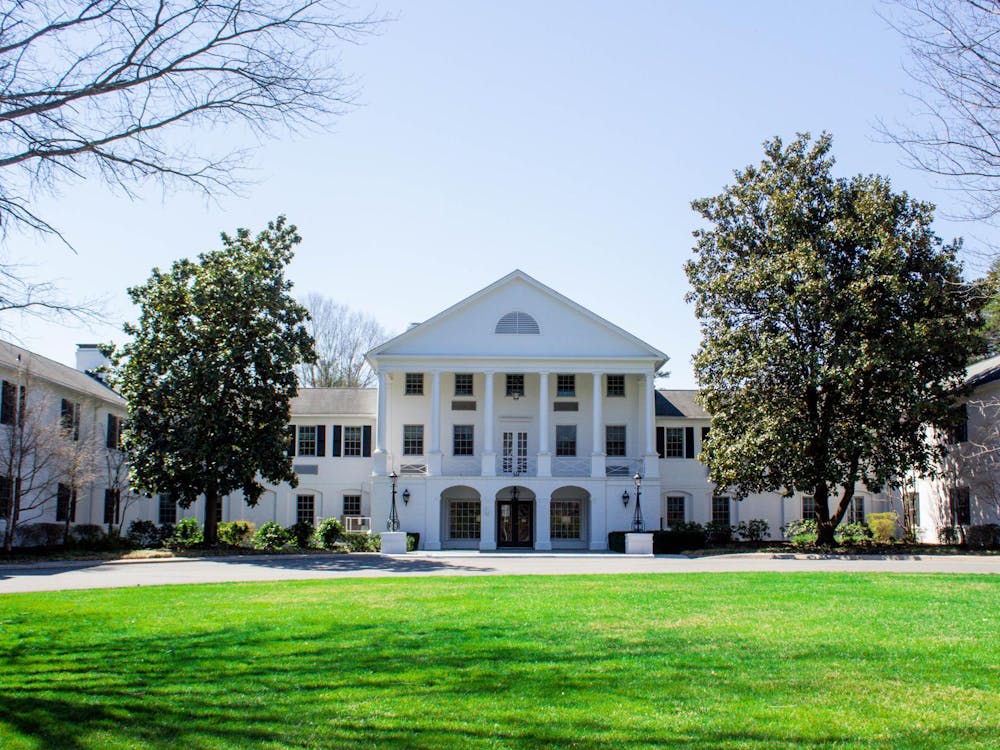Wal-Mart. The name alone can spark debate, elicit groans and streams of vitriol, and can set off an internal battle in shoppers’ minds between wanting to save money and wanting to fight off the big-box version of ‘the man’ at the same time.
So it was inevitable that a store so notorious would cause so much controversy when it threatened to encroach upon a beloved historic battlefield. According to C-Ville Weekly reporter Kathryn Faulkner, Wal-Mart is awaiting approval to place one of its mega-stores at the intersection where the Battle of the Wilderness was fought in 1864 during the Civil War. Its potential placement there has engaged historians, local officials, and local citizens in an exhausting cost-benefit analysis of the advantage of placing a supercenter on the site where the War Between the States once occurred.
Yet the argument that the field must be protected from corporate and commercial takeover relies upon the belief that all things related to the Civil War must be remembered and preserved in the name of honor and glory. This white-washed vision of the war, and the belief that maintaining a field somehow contributes to keeping its memory alive, represents an unwillingness to explore more effective and educational ways to preserve history. If the field is a truly valuable piece of history, then there must be an effort to make it a legitimate tourist site, one that invites people to do more than stand on some grass and think about Robert E. Lee. If preservationists want the Wilderness battlefield to remain a lasting archive of a tragic war, they must focus much more on making the landmark a place of education and contextualization, not merely an empty symbol of some vague idea of American heroism.
The debate that this controversy has inspired is not new: historical landmarks are constantly threatened by the desire for commercial enterprise and the need for a local economic boost in a number of areas. Historians cringe at the thought of watching a battlefield succumb to the sliding glass doors and thousand-car parking lots of gargantuan supercenters, all in the name of economic investment. Contrarily, some local officials and residents welcome the thought of more jobs and lower prices for consumers.
Yet a deeper problem exists. Though the idea of another Wal-Mart is an unwelcome one, the reasoning behind the desire to maintain the integrity of a battlefield long removed from its history is itself problematic. Invoking ideals of valor and glory in order to save the supposed rural charm of the area surrounding the intersection — minus the McDonald’s and the 7-Eleven that already exist there, I assume — is a ridiculous endeavor to appeal to some latent sense of nostalgia for one of the most contentious and continually divisive wars in America’s history.
Volunteers with the National Park Service currently work to maintain whatever integrity the battlefield still holds. They have been very vocal in their opposition to building a box store near the grass upon which two storied generals once walked — they’ve even gotten actor Richard Dreyfuss on board to advocate for the field’s preservation. Yet their devotion to maintaining the field is supported mainly by the idea of maintenance for the sake of maintenance. Their energy is focused on preserving a plot of historical grass next to a highway because important things once happened there. It is not about finding new and tourist-generating ways to enrich the discussion and education about one of the most trying times in the nation’s history. I doubt that the grass alone will do much to educate tourists about the war and its consequences.
This is not, of course, a reason for Wal-Mart to swoop in and build, build, build. The idea of building yet another monstrous warehouse filled with low-priced off-brands and maltreated employees is still far less palatable than the idea of a random field sitting in the middle of a busy intersection.
It is, however, a reason to reconsider the usefulness of the Wilderness battlefield as it currently exists. According to the National Park Service Web site, the site lacks a visitor center, and historians are only present at specific times to answer basic questions. A map of the walking trail is practically all that exists. How much can visitors possibly learn from tramping down a path two hundred and fifty years removed from the history that took place there?
If preservationists want the field to remain intact and untouched by Wal-Mart, or any other shopping center for that matter, they should think about making the Wilderness battlefield more than simply grass and a signpost. There are numerous battlefield sites in Virginia, sites we all see as we drive down the highway, sites we never stop at because they offer us little but a nice place to walk en route to our final destination.
Right now, the choice is between Wal-Mart and a big plot of grass. It is time to liven up the debate, raise the stakes a little. If local residents are looking to boost their economy, it is time to make the Wilderness battlefield a legitimate tourist destination and an invaluable educational resource. And maybe get rid of the 7-Eleven.
Amelia Meyer’s column appears Wednesdays in The Cavalier Daily. She can be reached at a.meyer@cavalierdaily.com.






